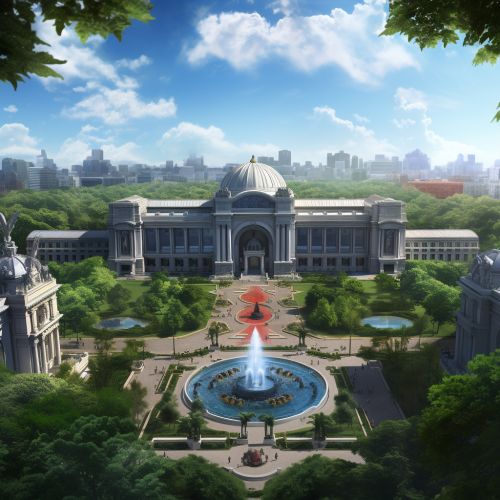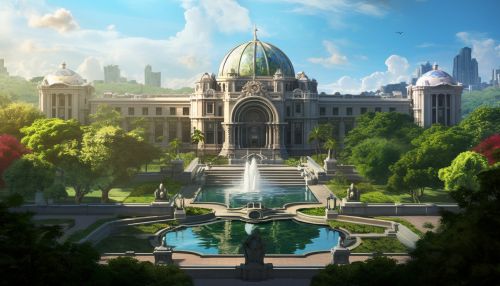American Museum of Natural History
Overview
The American Museum of Natural History (AMNH) is one of the largest and most celebrated museums in the world. Located in New York City, it spans 28 interconnected buildings housing 45 permanent exhibition halls, in addition to a planetarium and a library. The museum collections contain over 34 million specimens of plants, animals, fossils, minerals, rocks, meteorites, human remains, and human cultural artifacts, of which only a small fraction can be displayed at any given time.


History
The museum was founded in 1869 by a group of American businessmen, financiers, and philanthropists which included Cornelius Vanderbilt and J.P. Morgan. The founding of the museum realized the dream of naturalist Dr. Albert S. Bickmore. Bickmore, a one-time student of Louis Agassiz at Harvard University, lobbied tirelessly for years for the establishment of a natural history museum in New York. His proposal, backed by his powerful sponsors, won the support of the Governor of New York, John Thompson Hoffman, who signed a bill officially creating the American Museum of Natural History on April 6, 1869.
Collections and Exhibitions
The American Museum of Natural History houses several scientific collections that serve as a valuable resource for researchers around the world. These collections include the Fossil Halls, the Meteorite Collection, the Mineral and Gem Collection, the Biodiversity and Environmental Halls, the Birds, Reptiles, and Amphibians Halls, the Mammal Halls, the Human Origins and Cultural Halls, the Earth and Planetary Sciences Collections, and the Invertebrate and Vertebrate Zoology Collections.
Research and Education
The AMNH conducts scientific research in paleontology, astronomy, entomology, herpetology, ichthyology, mammalogy, mosasaur, ornithology, physical anthropology, marine biology, and invertebrates. The museum also offers a wide range of educational programs and publishes several peer-reviewed journals.
